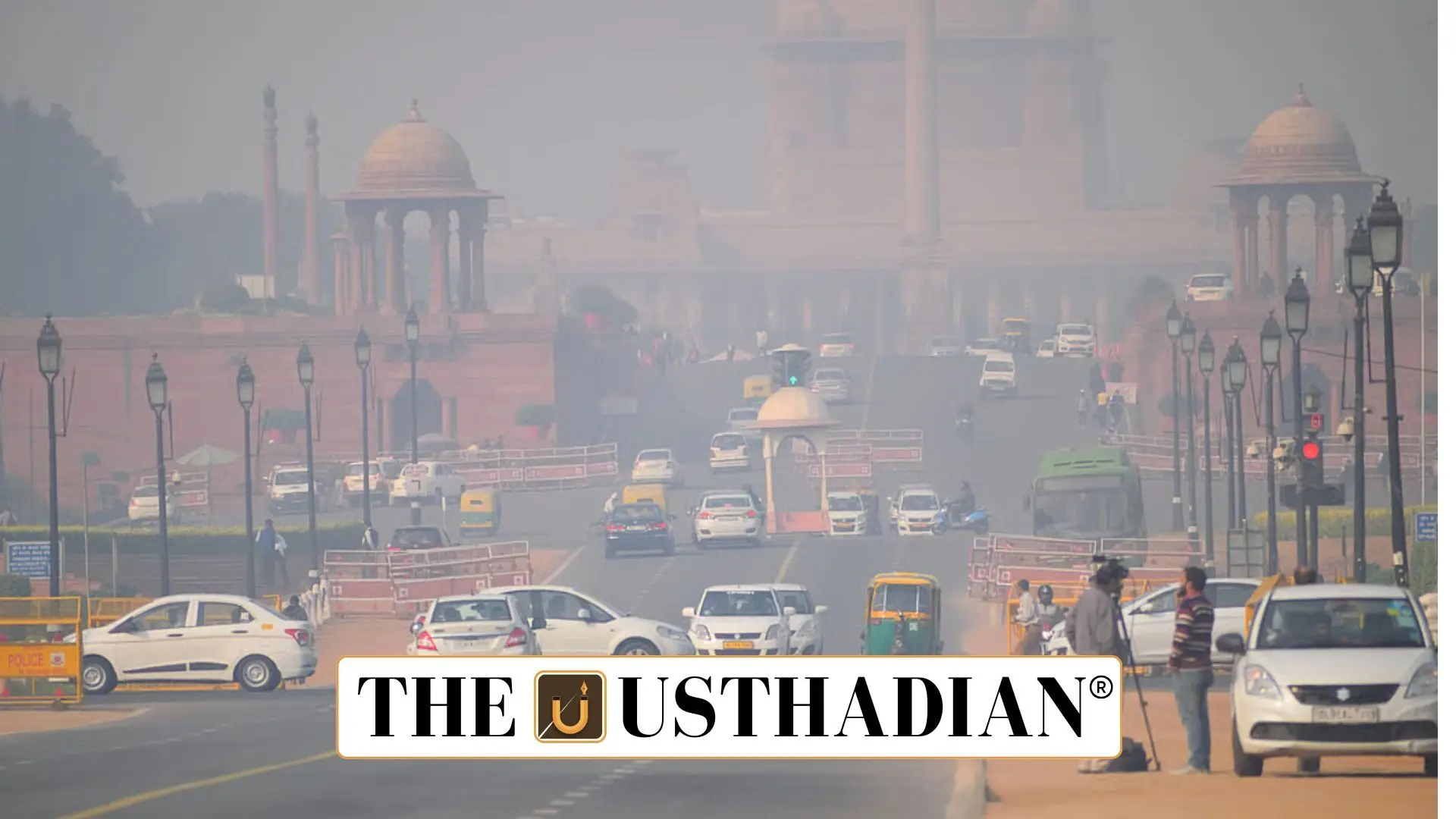Understanding the PM10 Air Quality Emergency
India’s Urban Air Crisis: Rising PM10 Levels and the Urgency for Clean Air: India is grappling with a severe air pollution crisis, particularly in its major cities. Recent data from the Central Pollution Control Board (CPCB) reveals a persistent and dangerous rise in PM10 levels—tiny airborne particles that pose significant health risks. Between 2021 and 2024, many urban areas recorded PM10 concentrations far above the national safe limit of 60µg/m³, with some cities like Delhi and Patna exceeding 200µg/m³. Such levels are hazardous and contribute to a wide range of respiratory illnesses, hospital admissions, and chronic diseases.
What Is PM10 and Why It Matters
PM10 particles are fine dust-like substances measuring less than 10 micrometres in diameter. They are small enough to travel deep into the lungs, bypassing the body’s natural filters. Short-term exposure can worsen asthma and long-term exposure can lead to cardiovascular and pulmonary diseases. Because of their microscopic size, these particles are especially dangerous for children, the elderly, and those with pre-existing conditions.
Root Causes of Elevated PM10 Pollution
The pollution problem is not without cause. A combination of vehicular emissions, unregulated construction dust, and waste burning continues to pollute the air. Industrial emissions and seasonal crop residue burning in northern states also contribute heavily. This multifaceted source mix is particularly prominent in the Indo-Gangetic Plain, one of the world’s most densely populated and polluted regions. In 2024, Delhi’s Anand Vihar recorded a shocking PM10 level of 313.8µg/m³, while Patna’s Samanpura hit 237.7µg/m³—well over three times the safe limit.
Policy Actions and Lingering Challenges
Despite ongoing city-level action plans and national regulations, PM10 levels remain stubbornly high. Reports from experts at Respirer Living Sciences suggest that policy efforts have lacked consistent enforcement and long-term vision. Although emission norms exist, many urban centres suffer from insufficient air quality monitoring, limited public awareness, and a lack of tailored action for city-specific pollution sources.
The Way Forward for Sustainable Urban Air Quality
Solving India’s air crisis demands more than short-term measures. Experts recommend integrating air quality goals into broader urban planning strategies—including transport infrastructure, housing design, waste management, and energy use. For real change, solutions must be long-term, scalable, and community-driven. Only a multi-sectoral approach, with consistent monitoring and robust public participation, can steer Indian cities toward breathable skies.
STATIC GK SNAPSHOT
India’s Urban Air Crisis: Rising PM10 Levels and the Urgency for Clean Air:
| Topic | Details |
| Safe PM10 Limit | 60 µg/m³ (National Ambient Air Quality Standards) |
| Worst Affected Cities | Delhi, Patna, Lucknow |
| Highest PM10 in 2024 | Anand Vihar, Delhi – 313.8 µg/m³ |
| Main Sources | Vehicles, construction dust, crop burning, industrial emissions |
| Agencies Involved | CPCB, State Pollution Boards, Urban Local Bodies |
| Suggested Reforms | Urban planning integration, stricter enforcement, air quality monitoring |








